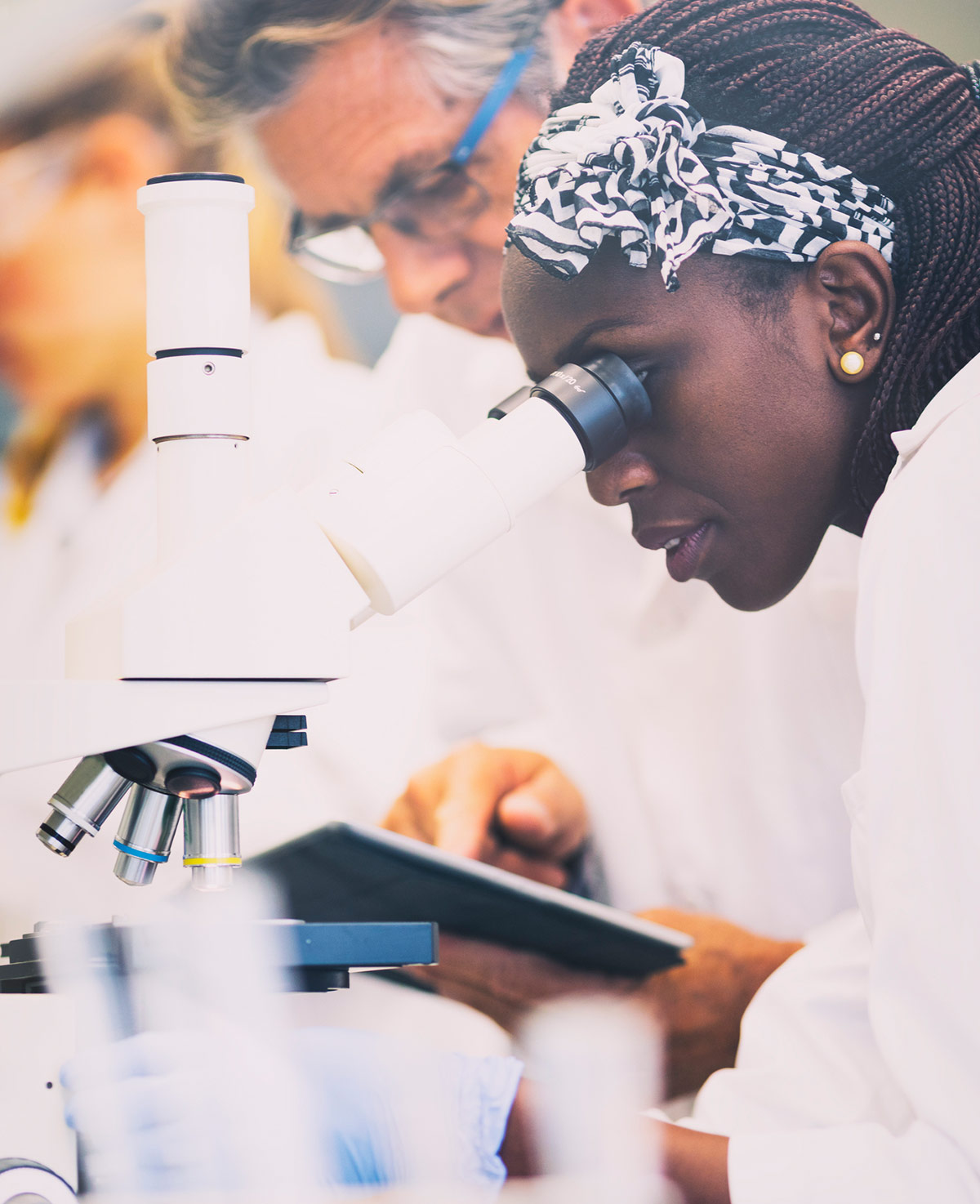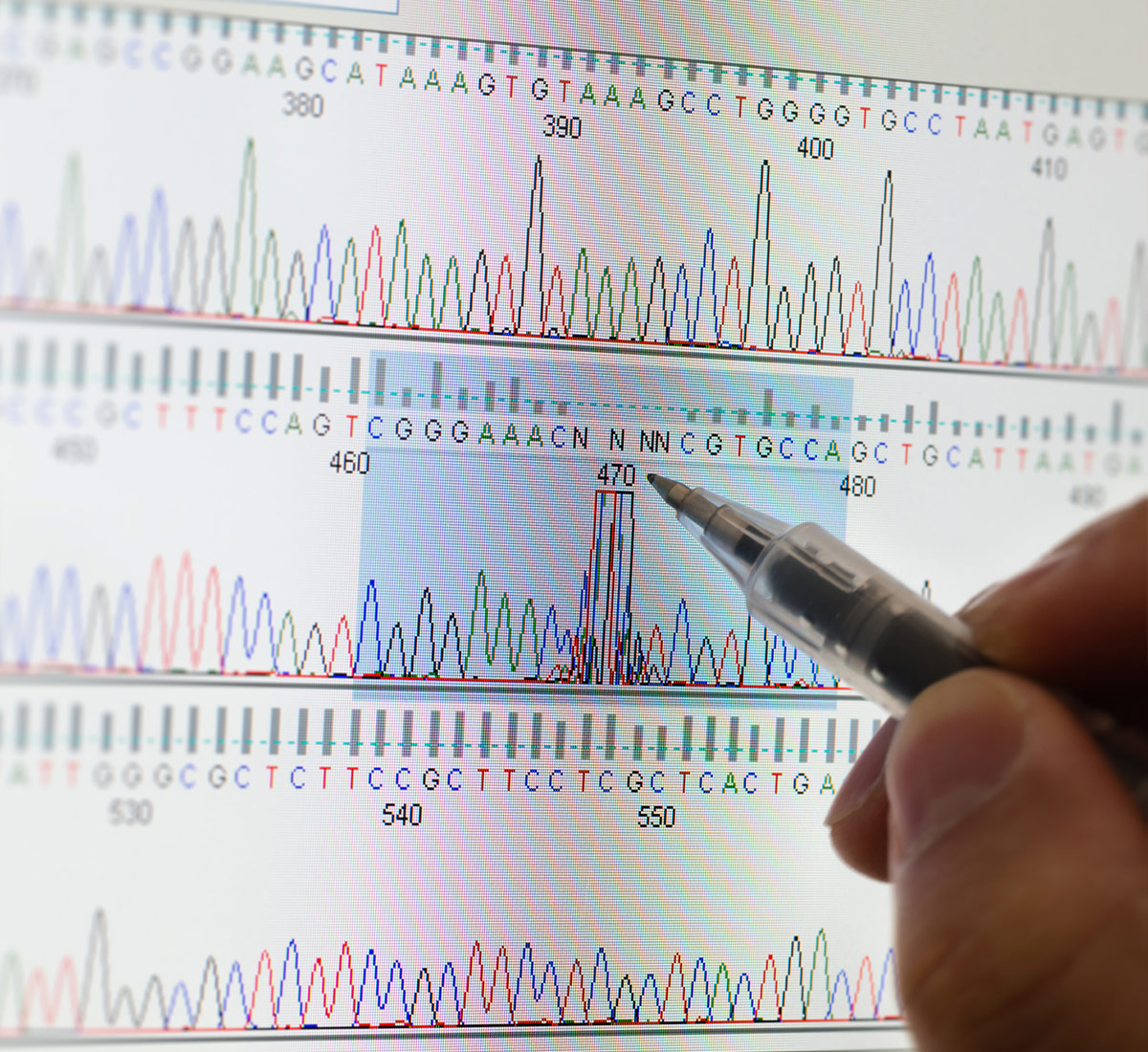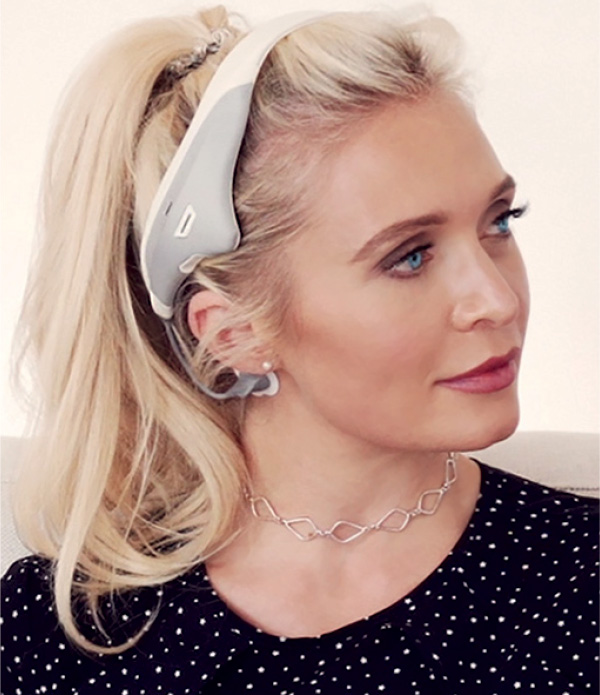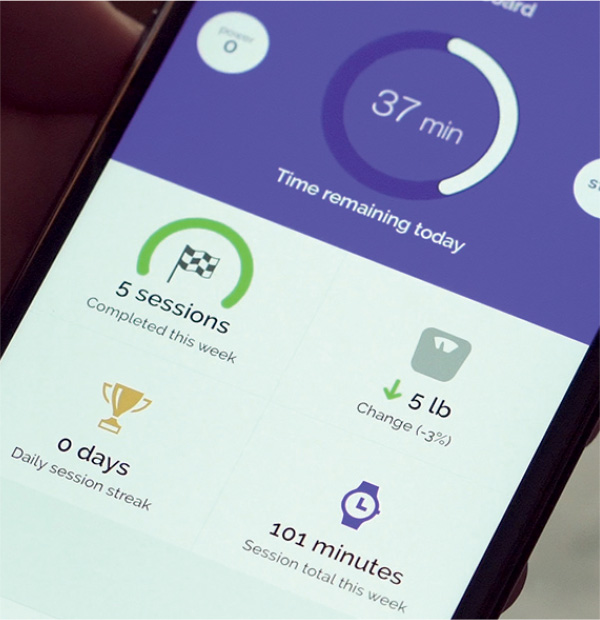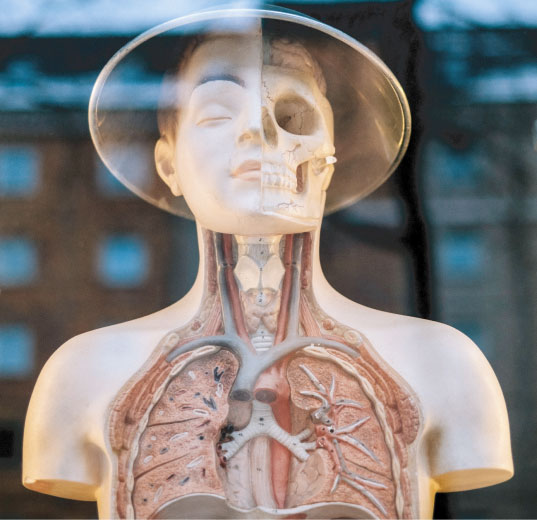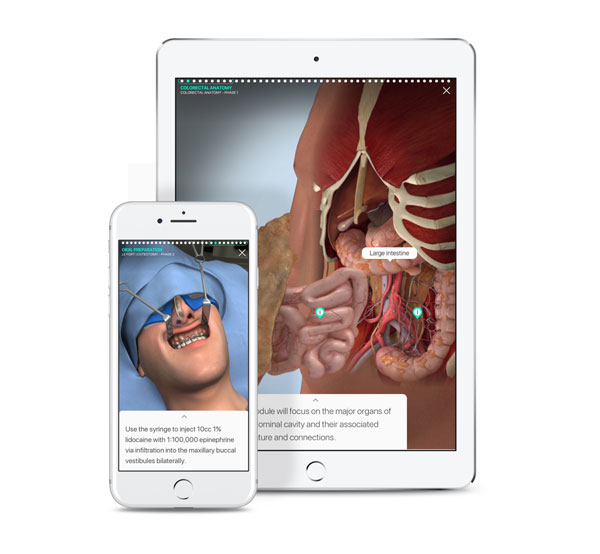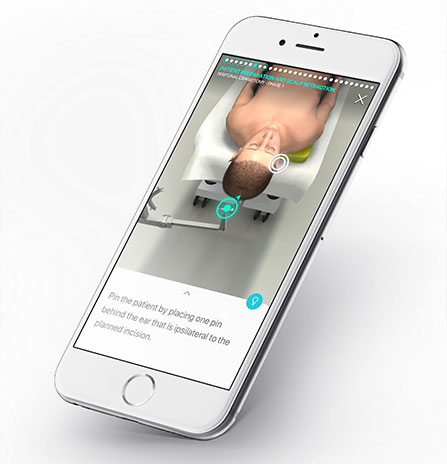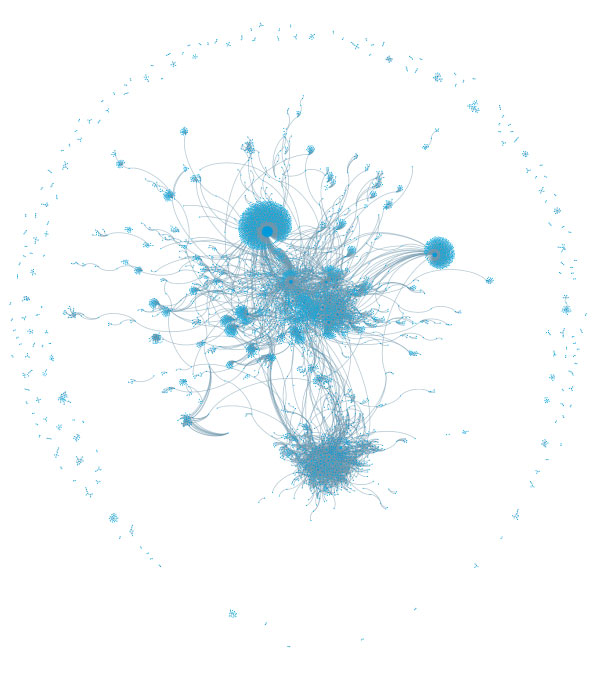
“We recognise that in the current state of pharmaceutical development, the model just is not sustainable.”

BenevolentAI differentiates itself from its peers by coming up with potentially life-saving treatments, using artificial intelligence. It can generate possible disease targets in as little as five hours, revolutionising drug discovery and development and rapidly accelerating a half-century old scientific process.
“We recognise that in the current state of pharmaceutical development, the model just is not sustainable,” says founder and chairman Ken Mulvany. It can typically take five to seven years of development before therapies are even introduced into the human population. BenevolentAI can shorten this to a year or 18 months.
Addressing this age-old R&D timeline was just one of the radical changes Mulvany, an industry veteran, sought to bring about.
In 2012, he had sold his United Kingdom-listed biotech Proximagen, then the largest of its kind in Europe, to Upsher-Smith, a pharmaceutical company in the United States. The following year, he founded BenevolentAI, now the largest private AI company in Europe; fifth largest in the world. In its last funding round, it raised $87 million USD, at a valuation of $1.7 billion.
“Everything about BenevolentAI is based on my experience in biotech,” he says. His two chief aims: bring down costs by improving cure hypothesis and democratise scientific information.
“If you look at biology or pharma, there are a lot of silos of knowledge,” he says of the latter, “You need a much more holistic view of how the human body works.” Where molecules may have failed in clinical trials for a specific disease, they may succeed in targeting another perhaps unrelated disorder.
“We recognise that in �the current state of pharmaceutical development, the model just is not sustainable.”

